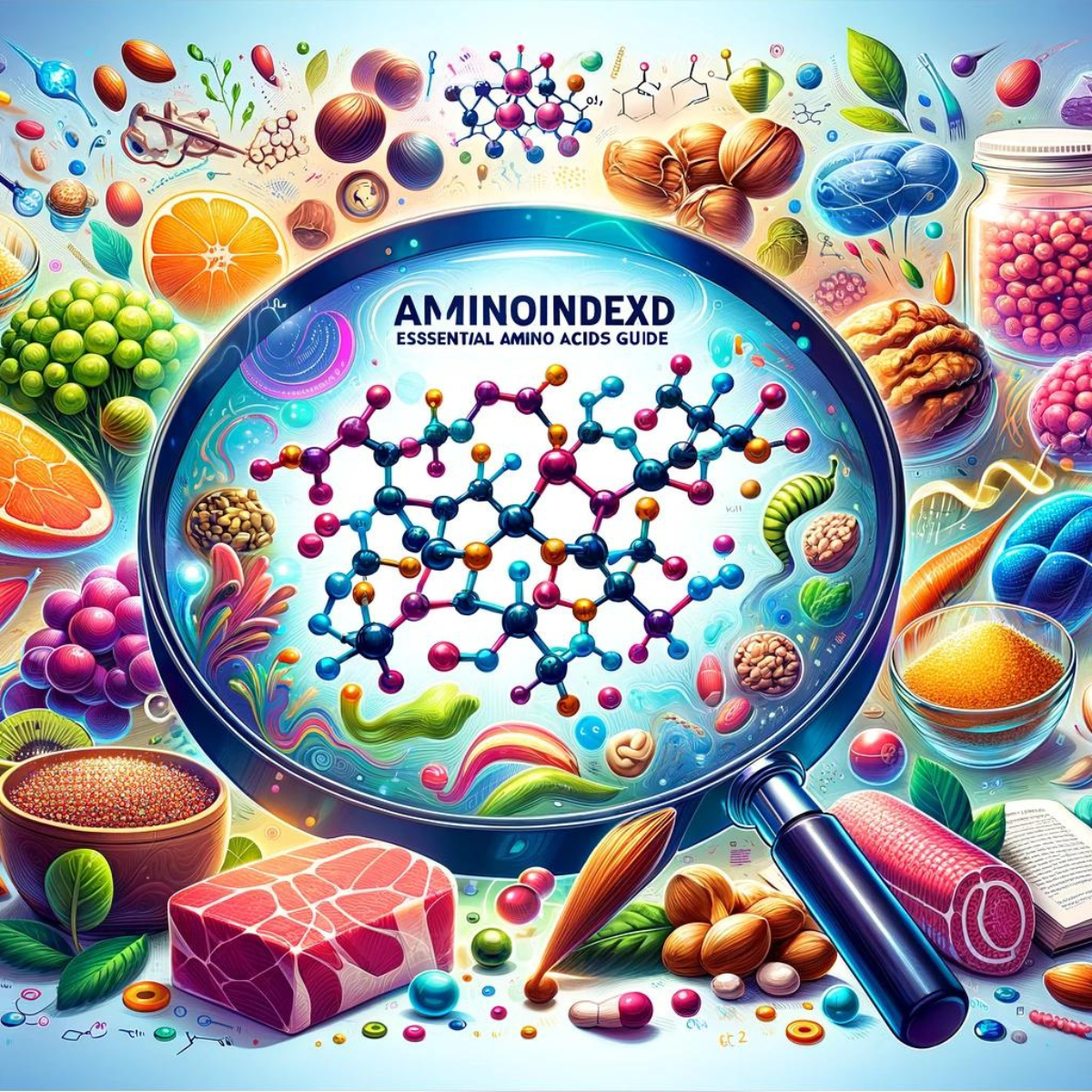Environmental Impact: The Beef on Sustainability

When it comes to grass-fed vs. grain-fed beef, the environmental debate is about as hot as a barbecue on Australia Day. Both systems have their perks and pitfalls, but which one deserves a gold star for sustainability? Let’s dig in (preferably with a shovel, not a fork just yet).
Grass-Fed Beef: Nature's Nomads
Grass-fed cattle live the dream, roaming open pastures and munching on grass like it’s their full-time job. Sounds idyllic—mostly. Here’s the scoop:
-
The Good Stuff:
- Carbon Sponge Fields: Grasslands used for grazing can absorb carbon from the atmosphere, making them a potential weapon against climate change.
- Less Fossil Fuel: No grain = no tractors ploughing fields or trucks hauling feed. The cows do the heavy lifting (or chewing).
- Biodiversity Boosters: Properly managed grazing systems can improve soil health and support local wildlife.
-
The Trade-Offs:
- More Land Needed: Grass-fed cattle take their sweet time growing, requiring more space and time to reach your plate.
- Methane Machines: Cattle are, ahem, prolific burpees. Grass-fed cows live longer, contributing more greenhouse gas emissions over time.
Grain-Fed Beef: Efficiency Experts
Grain-fed cattle are the speed-runners of beef production, gaining weight faster and making the process more efficient. But is faster always greener? Let’s unpack:
-
The Good Stuff:
- Land Efficiency: Less space is needed per cow because they spend part of their life in feedlots.
- Less Methane: Grain diets are more digestible, leading to fewer cow burps (and yes, we’re really talking about this).
-
The Trade-Offs:
- Grain Footprint: Growing grain for cattle feed requires water, fertilizer, and energy, which adds up.
- Waste Concerns: Feedlots can produce concentrated waste, which needs careful management to avoid harming local ecosystems.
Looking for detailed references and insights? Visit the main article: From Pasture to Plate: Grass-Fed or Grain-Fed Beef.














